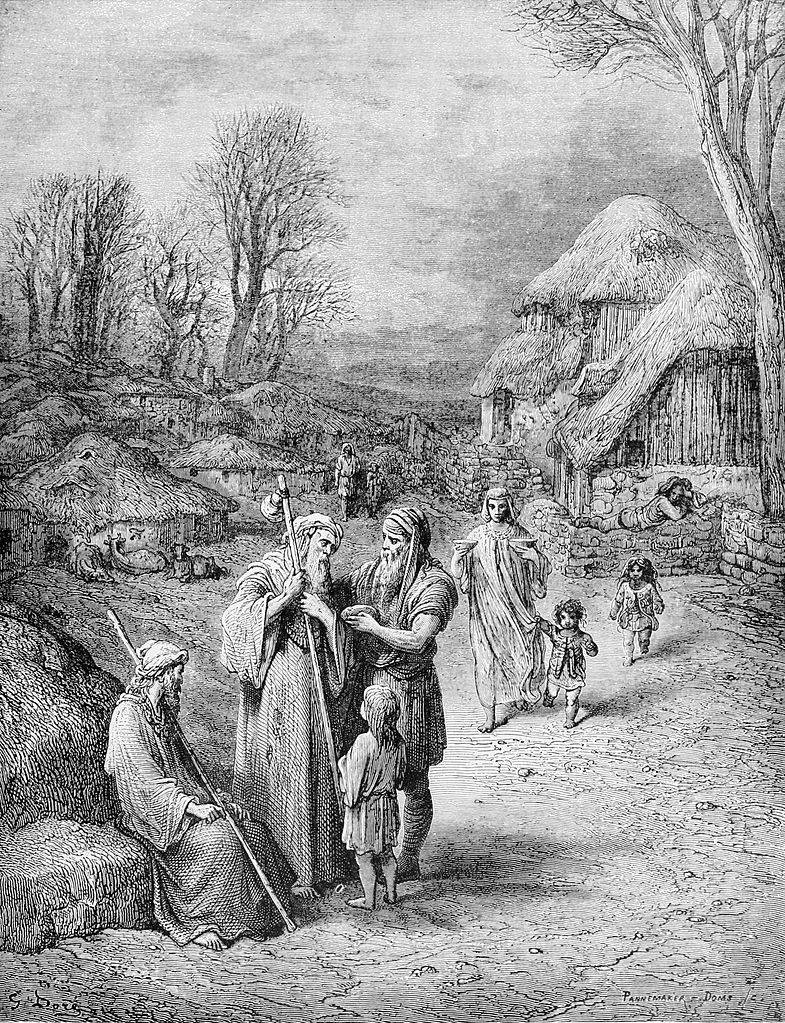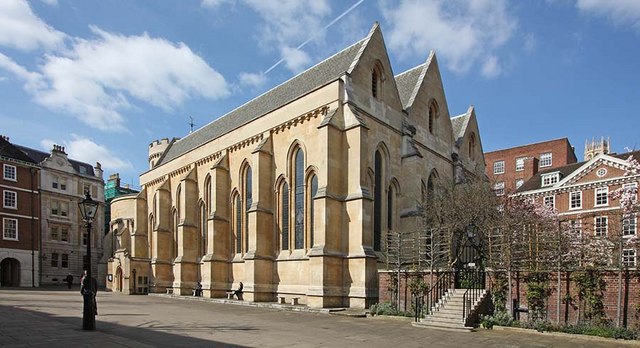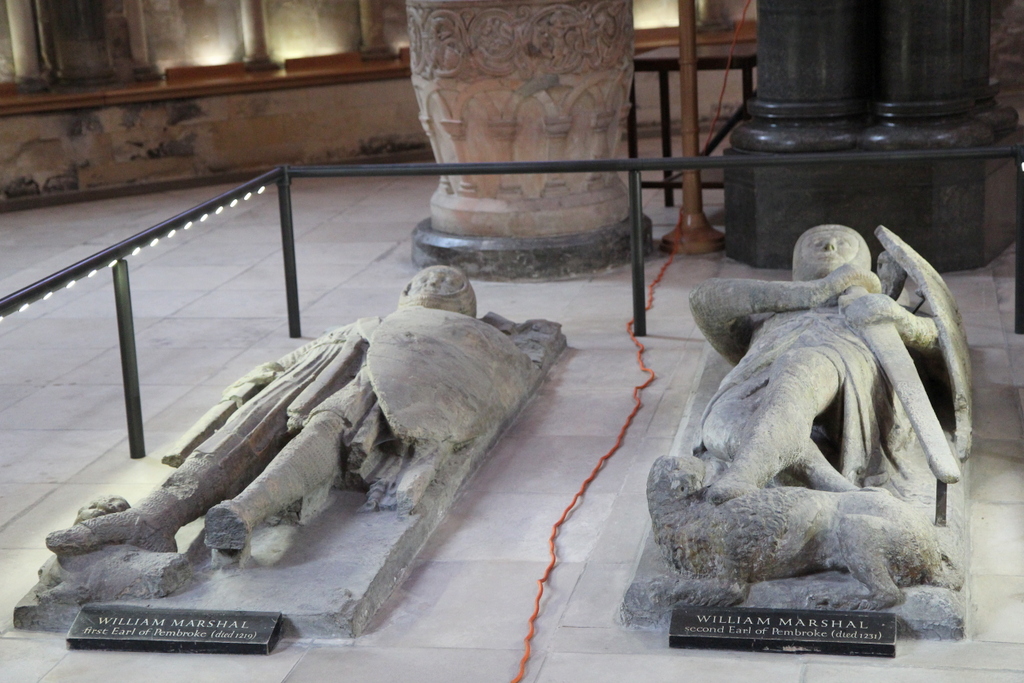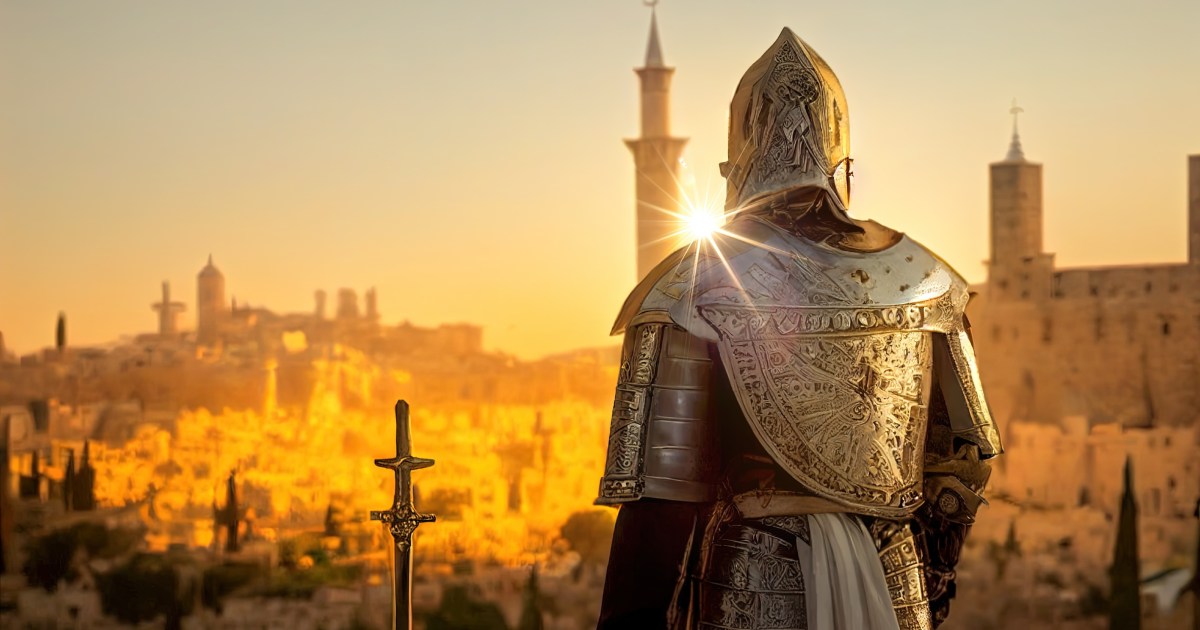Europeans very first started generating pilgrimages to Jerusalem soon after the Very first Campaign in 1099, which was fought not only to reclaim the Holy Land from the Islamic conquest of the Levant, but also to open up an overland route for Christians wanting to stop by the birthplace of their religion.
Even with this route secured, this kind of visits were being crammed with risk. If all went nicely, the journey from Italy to Jerusalem took about two months to finish: about as lengthy as it took for English migrants to arrive at New York through the colonial era. Usually, nevertheless, pilgrimages took extended than two months due to the fact pilgrims were routinely slowed down by war, illness, and robbers — threats that only grew more substantial as they ventured farther from residence.
Robberies were specially commonplace, and for fantastic motive. Pilgrims had to carry with them plenty of cash to shell out for foodstuff and shelter on the way. They had been also typically unarmed and untrained, building them the fantastic target in the eyes of a bandit.

For most European pilgrims, getting robbed was basically a possibility they experienced to take if they wished to get to the location in which Jesus Christ was believed to have been crucified and resurrected. British tourists, nevertheless, experienced a way to reduce that possibility. In London, there was an corporation regarded as the Temple Church, wherever pilgrims could deposit a portion of their discounts. In return they were being specified a letter of credit history that they could use to withdraw their discounts at the time they reached Jerusalem.
The solutions of the Temple Church produced the pilgrimage to the Holy Land a great deal safer. Now pilgrims did not have to carry as much income with them when they set out on their journey, lessening the odds of attracting robbers. Furthermore, if they ended up robbed, they would be in a position to replenish their funds at their vacation spot.
In an report for the BBC, Monetary Occasions columnist Tim Harford called the Temple Church “the Western Union of the crusades.” Historians often refer to the group as the world’s very initial lender, preceding Italy’s Banca Monte dei Paschi di Siena by various centuries. The Temple’s notion of a letter of credit was not solely unique in the 7th century CE, Chinese merchants could deposit their coin rings at agencies in exchange for promissory notes. The critical distinction was that these organizations were operated by the authorities of the Shang dynasty, whilst the Temple Church was a privately owned organization.
The Knights Templar
The founders of the Temple Church had been none other than the legendary Knights Templar. Also recognized as the Bad Fellow-Troopers of Christ and the Order of Solomon’s Temple, amongst other names, the Templars had been one of several Christian armed forces orders that sprung up throughout Europe to assure risk-free passage to Jerusalem. The order was founded someday close to 1118, right after the To start with Crusade, and its members fought in subsequent kinds as an elite pressure. In amongst battles, they constructed and manned fortifications all over the town: a indicates of strengthening both of those Christian and European existence in the Holy Land.

But the Knights Templar weren’t just outstanding fighters, they were also clever financiers. This facet of the purchase is often overlooked these days, which is astonishing, taking into consideration the monumental position that the Temple Church performed in the evolution of Europe’s economic system.
Just before we acquire a closer look at that position, it is value asking why the Templars of all the people today in London ended up turning into bankers. In her write-up, “The Economical Relations of the Knights Templars to the English Crown,” Eleanor Ferris speculates that the order’s financial expert services may have been born out of the “common medieval exercise of depositing objects of value in consecrated places for protection through moments of trouble and tumult.” Apart from conventions, the Temple Church happened to be a remarkably fortified constructing, produced by proficient engineers, defended by remarkably trained troopers, and found at a person of the most strategic places in the town. It was, in other words and phrases, a best vault.
The economical solutions of the Knights Templar were not just available to Christian pilgrims, but the common general public as perfectly. Ferris mentions that “all lessons of individuals who possessed treasure” turned to the Temple Church to retail store their gold, silver, and jewels for the duration of the 13th century. The order’s list of clients also integrated the English nobility, who saved taxes and feudal dues in addition to their particular wealth, as effectively as the pope. The latter deposited papal subsidies and, for the duration of the crusades, requested grants to defend the Holy Land from Muslim invaders.

Aside from storing prosperity for specific consumers, the “Western Union” of medieval Europe could also transfer funds from the account of one particular human being to that of a different. At one point, the Knights Templar attained 40,000 marks from Falkes de Bréauté, a soldier in provider of King John of England. When de Bréauté was exiled for staging an unsuccessful rebellion, the Templars turned in excess of his funds to the kingdom. Five years later, they transferred to the account of crown prince Edward some 10,000 marks that have been originally entrusted to them by his have subjects.
How to finance a crusade
The Temple Church could not have been proven with no the crusades, whose financial, logistical, and military services needs uncovered the limitations of Europe’s preeminent financial composition: the feudal process.
According to a dissertation created by Ronald Grossman for the College of Chicago titled “The Financing of the Crusades,” these constraints first arrived into aim during the Norman Conquest of England, which occurred numerous years before Christian troopers would march into the Levant. The Norman conquest was a campaign in and of itself insofar as William of Normandy needed his vassal lords to march their troopers into a territory significantly beyond the former’s jurisdiction. The vassal lords, unwilling to present the unparalleled amount of time and manpower desired for the invasion, argued that they could not be compelled to choose up arms primarily based on their age-previous feudal ties by itself.
“Their obligations to William,” writes Grossman, “they asserted, finished in which the sea began.”
Forced to come up with a new kind of incentive to increase an army, William the Conqueror promised to share a significant sum of riches from the island they had been about to take around. The vassal lords complied, and the relaxation is historical past.
Subscribe for counterintuitive, shocking, and impactful tales shipped to your inbox every Thursday
The holy wars unfolded along similar strains. Whilst Pope Urban II argued that salvation was the main reward for partaking in the fatal crusades, and Gregory VIII named on his crusaders to reject “luxury and ostentation (…) as would befit people carrying out penance for their sins,” the common foot soldier was in it for the revenue as the opportunity for martyrdom. On the battlefield, their superiors inspired them to pillage the bodies of their enemies as well as the villages and cities they defended. As a consequence of this exercise, people who survived the wars returned household richer than they experienced remaining.
Shortly enough, merchants begun having section in the crusades as effectively. It was none other than the city of Venice, for occasion, that lay siege to the affluent Lebanese town of Tyre and made use of its plundered riches to build their now-notorious Mediterranean buying and selling community. A long time later on, throughout the Fourth Campaign in Egypt, Venetian businessmen invested their freshly acquired prosperity in a huge fleet that sailed out to conquer the even wealthier city of Alexandria.

Couple of businesses profited off the crusades very like the Knights Templar, even though. Conceived as an purchase of warrior monks living austere existence defined by private sacrifices built to the defense of the Holy Land, it did not choose very long prior to the Templars — benefitting off quite a few tax exemptions and donations from kings, queens, and popes — turned identified as some of the richest and most influential men and women in all of Europe.
The conclusion of the Templars
In a way, these rewards also brought about their downfall. The Temple Church began to crumble in 1244, the yr Jerusalem was conquered by Khwarazmian mercenary armies from northern Iraq. Now that the Holy Land was no more time under European manage, European pilgrims stopped making pilgrimages. Devoid of pilgrimages, there was no rationale for them to area their cost savings with the Temple Church, causing its funds to step by step deplete.
The Knights Templar held on for a number of far more a long time just after this place. However they experienced missing a significant part of their clientele, their economical services remained available for wealthy citizens and customers of the European nobility. That was until eventually 1307, when King Phillip IV of France, knee-deep in credit card debt to the order, started arresting, torturing, and burning Templars in France until his witch hunt confident Pope Clement V to split them aside in 1312.
But although the Templars by themselves are no more time around now, the legacy of the warrior monks life on in the unlikeliest of areas: in the data of Europe’s accountants, judicious directors, and bankers.



